How Healthy is Cauliflower?
From its nutrient-packed profile to its disease-fighting compounds, cauliflower is more than a low-carb substitute—it’s a cruciferous powerhouse.
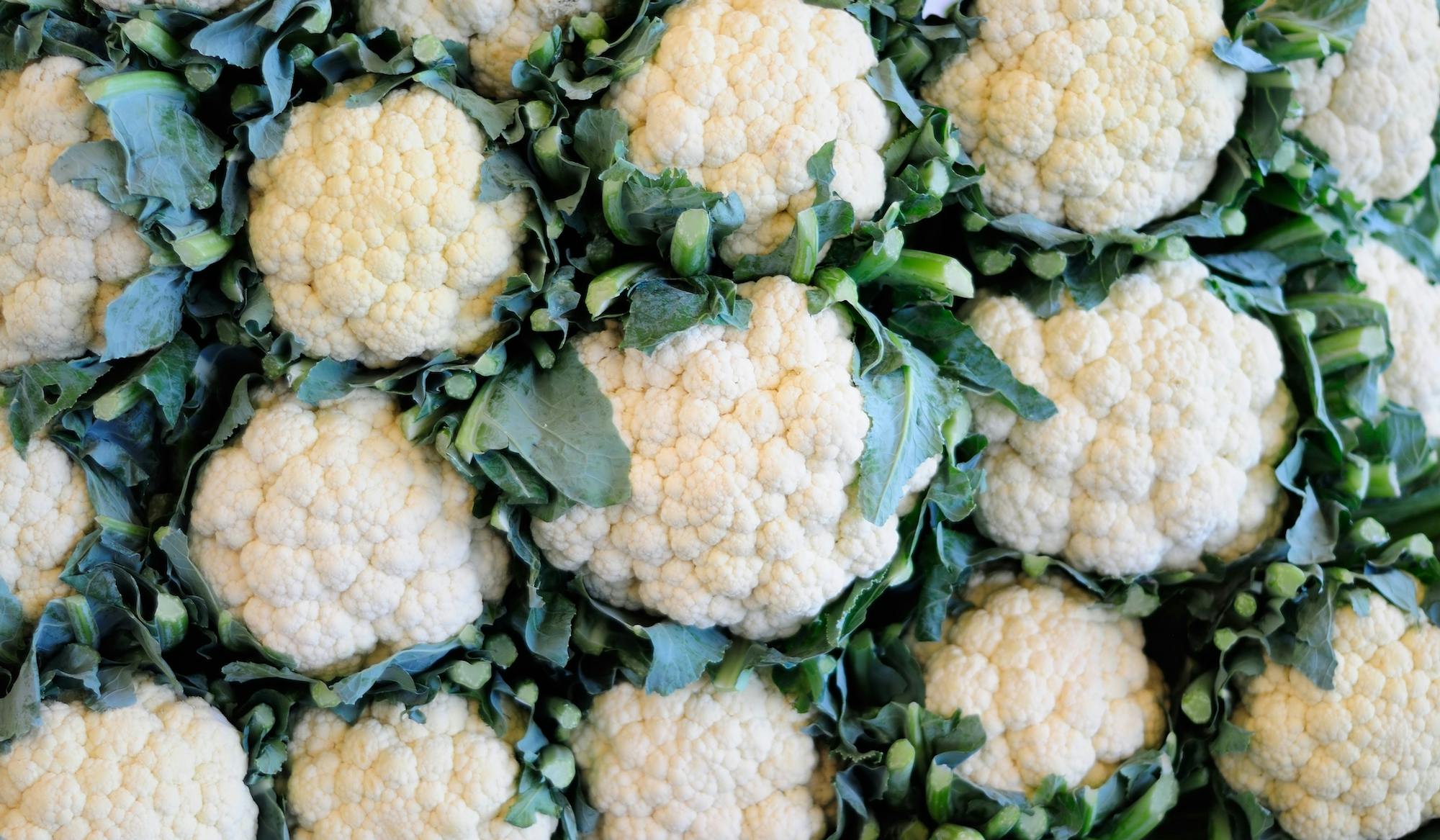
Cauliflower’s rise from sidelined vegetable to culinary superstar is reminiscent of the underdog winning the championship. Has this ball-shaped vegetable truly been underrated all these years, or will its star power quickly fade?
Thanks to its relatively mild taste, it’s been transformed into everything from rice substitutes to pizza crust. It comes roasted, grilled, raw, and steamed. As you contemplate just how healthy cauliflower is, let’s look at its most notable health attributes, plus some tasty ways to prepare it from the Premier Integrative collection of Paleo-Vegan Recipes.
Cauliflower is a Low-Calorie Vitamins & Mineral Powerhouse
According to USDA data, one cup (107 g) of raw cauliflower contains:
- 27 Calories
- 0 Fat
- 2 g Fiber
- 2 g Protein
- 2 mg Calcium
- 3 mg Iron
- 57 mg Vitamin C
Plus, thanks to being 92% water, cauliflower can offer volume eaters a relatively safe option for filling up without packing on the pounds.
It Could Help Prevent Chronic Diseases
According to Science Direct, cauliflower’s high nutritional value is directly linked to its high levels of antioxidant compounds, namely glucosinolates, vitamins, phenolic compounds, and carotenoids.
These substances are commonly called “phytochemicals.” They offer immense health benefits that can slow the development of chronic diseases, such as cancer and coronary heart disease. In a 2011 study published in The American Journal of Clinical Nutrition, researchers looked at the correlation between vegetable consumption and mortality. They found that an increased consumption of vegetables (particularly cruciferous vegetables like cauliflower) was directly linked with cardiovascular health and overall longevity.
It Helps Detox Harmful Chemicals
Cauliflower is rich in sulforaphane, a natural plant compound found in cruciferous vegetables. Research shows that sulforaphane can protect the liver from “various types of xenobiotic substances through induction of detoxification enzymes and glutathione synthesis.”
In today’s environment, chemicals are unavoidable. The New York Times reported in April of 2025 that microplastics are everywhere — even the food grown in our own vegetable gardens. Whether you step outside (which is an excellent way to get Vitamin D) or you stay tucked away, inhaling carcinogens is unavoidable. Pollution from wildfires to car exhaust is an ever-growing reality. Ramping up your diet with sulforaphane-heavy veggies can help your body naturally shed these harmful chemicals.
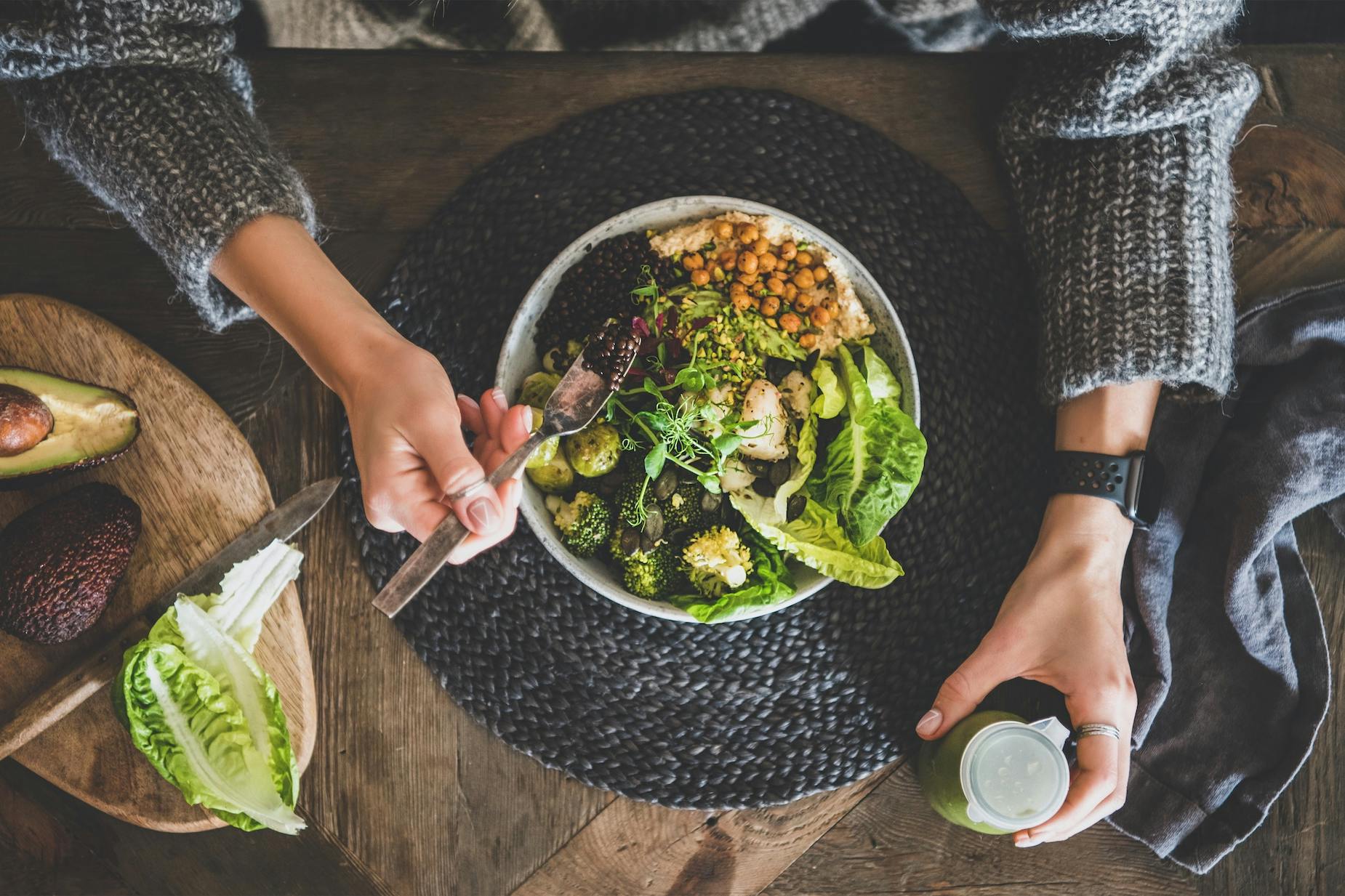
It Can Help You Lose Weight
Volume eating is a practice of front-loading your plate with low-calorie, nutrient-dense foods. The idea is simple: fill your belly with foods that are low in calories, and you won’t have as much room for the stuff that will typically pack on excess weight.
Eating a larger volume (without all the calories) can also help trigger the body’s natural sense of satiety, so you aren’t as likely to keep snacking. Furthermore, if you do keep snacking, it’s on something that’s vitamin-rich!
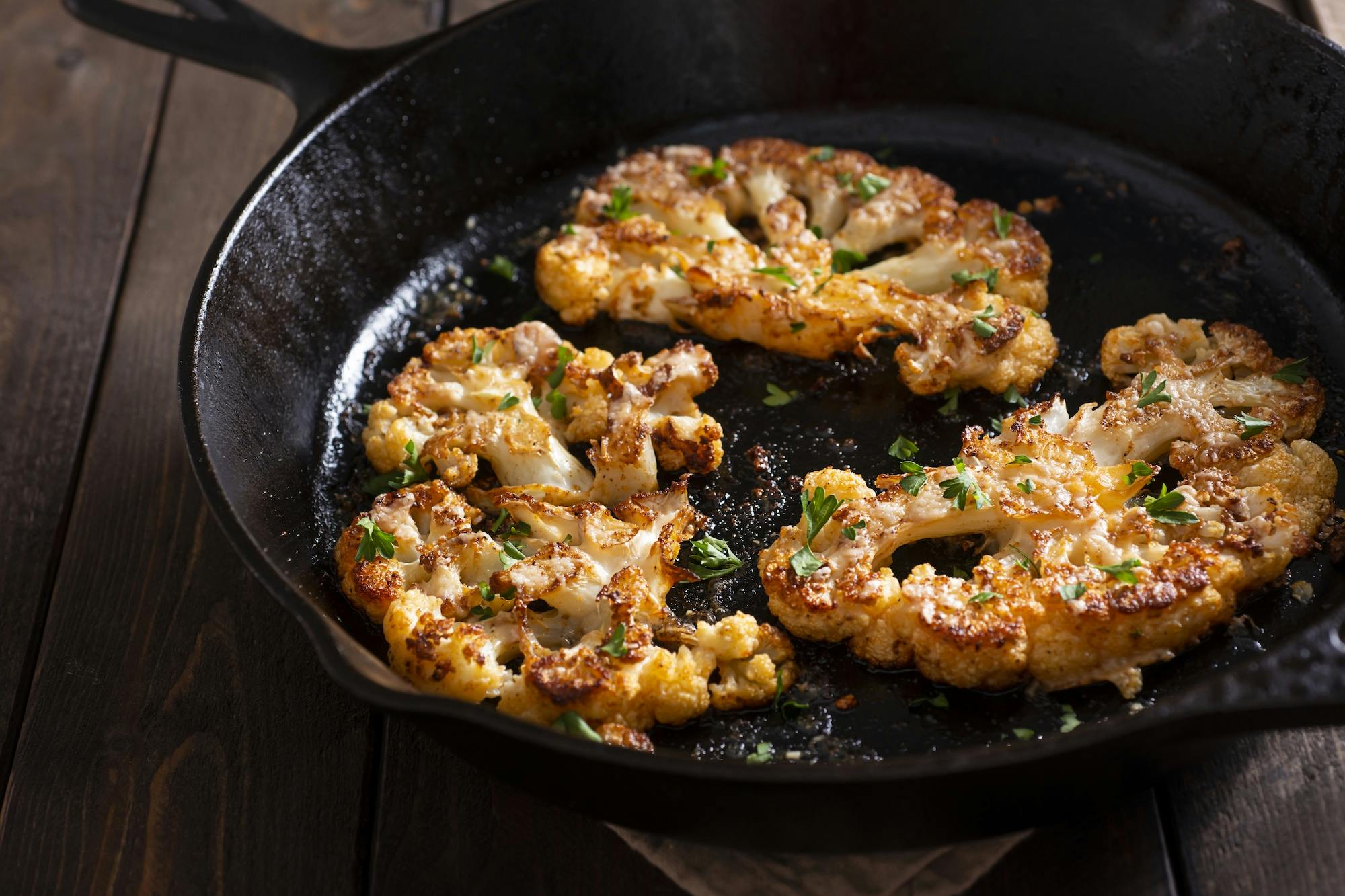
What’s the Best Way to Eat Cauliflower?
While we would attest that there’s no wrong way to eat cauliflower, how it’s prepared does impact its nutritional levels.
- Boiling/blanching causes the most nutrient loss, especially of “dry matter, protein, and mineral and phytochemical contents,” according to BioMed Research International.
- Steaming, microwaving, stir-frying, and roasting retain more nutrients — including antioxidants and glucosinolates.
- Raw cauliflower offers the highest antioxidant activity, but cooking may make certain nutrients easier to absorb (and more enjoyable).
How to Enjoy Cauliflower Every Day
Among some of our favorite paleo-vegan dishes are these cauliflower recipes, highlighting the vegetable's versatility.
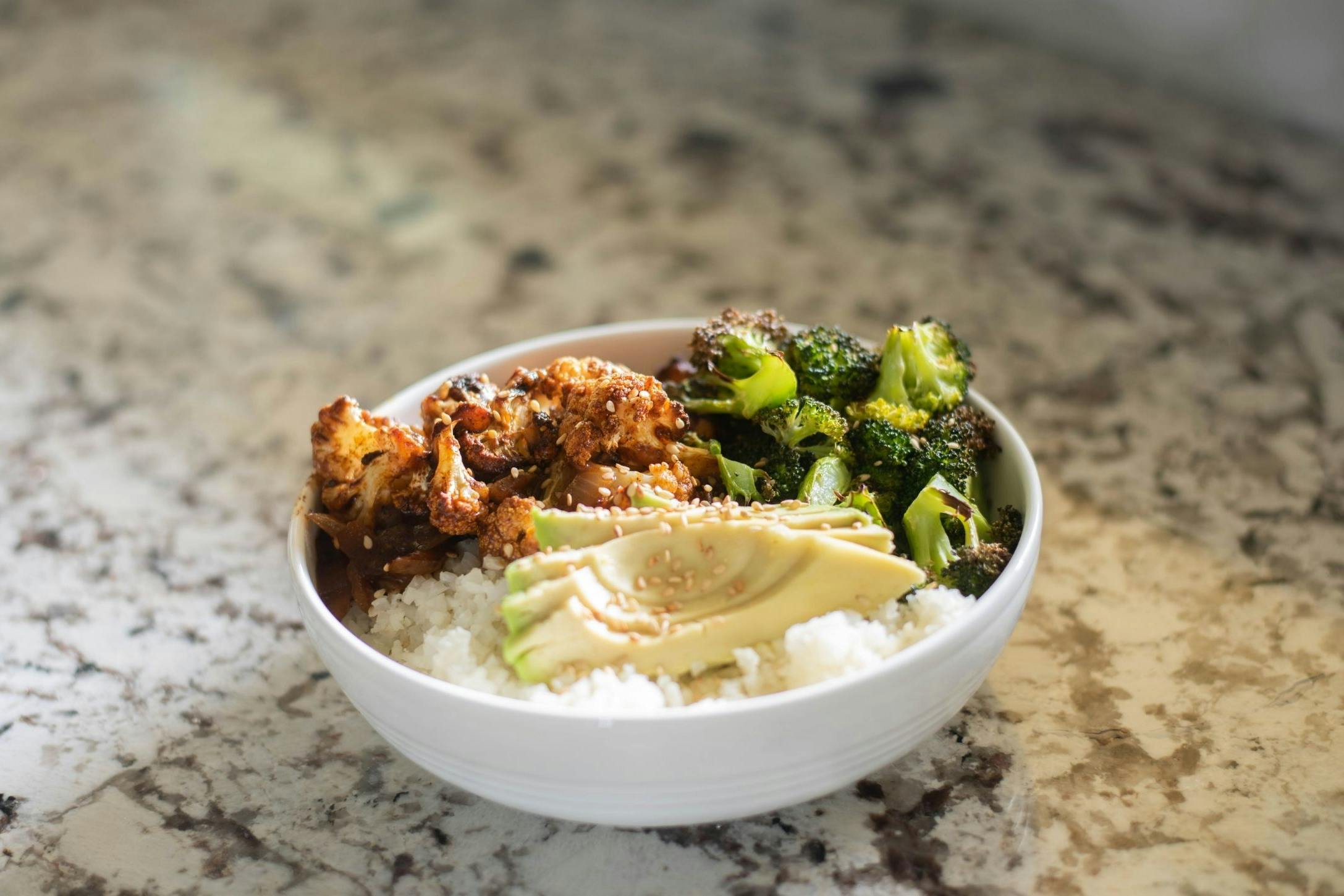
Paleo Vegan Orange Cauliflower
Easy to make, this sweet and spicy alternative to Orange Chicken comes together in as little as 30 minutes. Packed with textures and flavors, it’s paleo, vegan, gluten-free, grain-free, Whole30, and low carb.
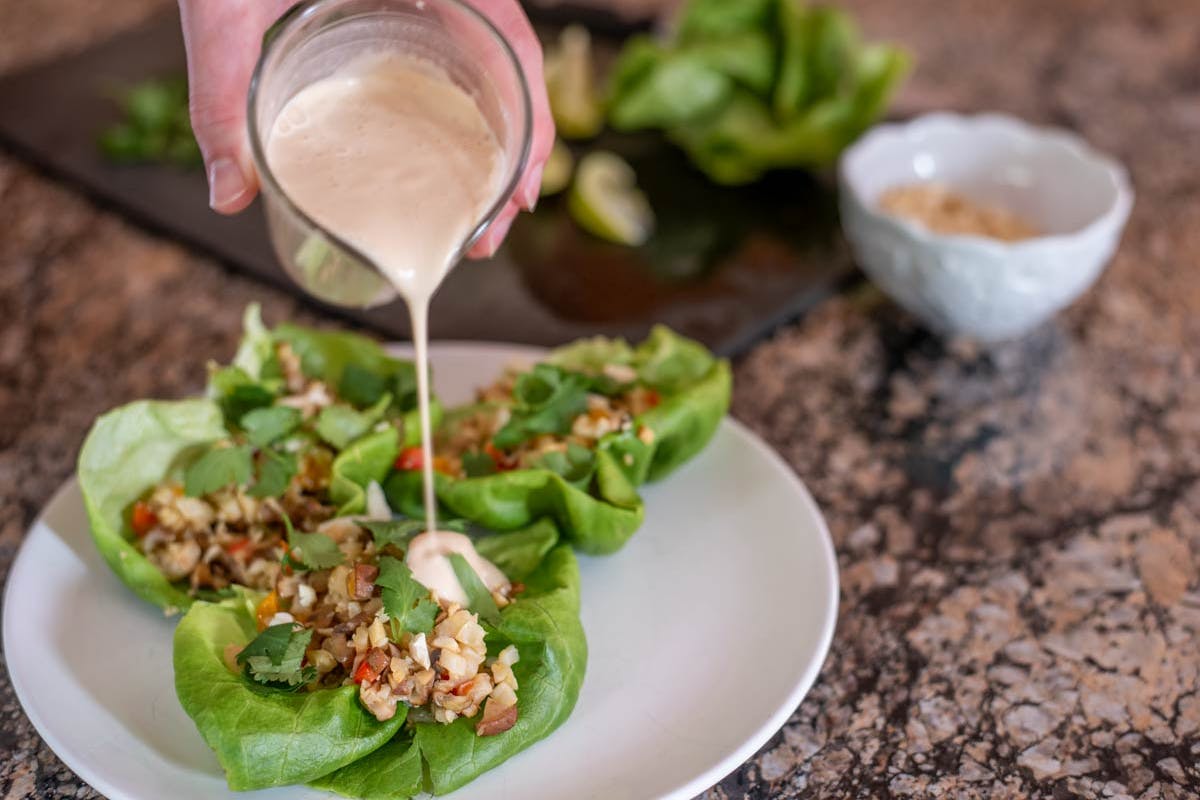
Cauliflower Rice Cups with Coconut Tahini Sauce
A riot of flavor and texture, these handheld babies can be a healthy app or a show-stopping family-style main. Packed with nutrients, the Coconut Tahini Sauce offers a luscious, protein-loaded element sure to please the entire crowd.

